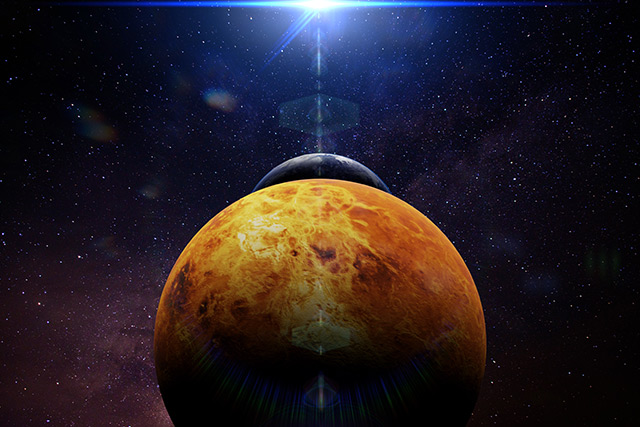
The iceberg, called A-74, drifted into the Weddell Sea and left a narrow opening in the Antarctic Ice Sheet. The researchers grabbed the rare opportunity to enter the opening via the German research vessel Polarstern. After taking pictures of the seafloor, they found a bustling community of mollusks, filter feeders, sea stars and sea cucumbers, as well as five species of fish and two squid species, living 18 miles below the surface.
"The first images from the seafloor reveal an amazing level of biodiversity in a region that was covered by thick ice for decades," read a statement from the Alfred Wegener Institute for Polar and Marine Research in Germany, which led the mission.
Discovery raises question of where marine life get their food
The discovery is quite surprising due to the presence of stationary filter feeders, such as corals and sponges. These marine creatures feed by waiting for nutrients to come to them, typically in the form of microscopic marine algae called phytoplankton.
Phytoplanktons love the sun and tend to float in the upper part of the ocean, where they can catch more sunlight. As such, finding marine life that is dependent on food that falls from above under the icecap is uncharacteristic.
As to how the filter feeders survive, the researchers suspect that nutrients, either in the form of phytoplankton or organic particles shed from the ice above, are being dragged thousands of feet below glaciers to feed bottom-dwelling creatures.
The researchers are currently studying sediment samples from the seafloor to learn more about the water's nutrient content. They are also collecting data on the water's temperature and salinity, as well as the ocean current speeds in the Weddell Sea, through research buoys stationed in the area. This data will allow the researchers to develop better climate models for Antarctica and forecast what will happen to the region in a few years.
Antarctic creatures point to alien life in water worlds
Finding a rich community of immobile marine life way below the Antarctic Ice Sheet isn't exactly unprecedented. Last month, researchers found a colony of sea sponges and other stationary filter feeders attached to a boulder over half a mile beneath the Filchner-Ronne Ice Shelf in the southeastern Weddell Sea.
The researchers drilled a hole through the ice shelf and dropped a camera down the hole to obtain sediment samples from the seabed. Surprisingly, the camera returned images of a boulder covered by marine creatures, including 16 sponges and 22 unidentified animals that could be barnacles.
The find marks the first time a boulder community has been found beneath the region. It also upends current theories of what types of organisms can survive there; the researchers note that the boulder is situated 160 miles from where photosynthetic life can be found, making the existence of stationary life extremely unlikely.
The fact that such creatures exist below Antarctica should boost the possibility that alien life exists in Jupiter's Europa and Saturn's Titan and Enceladus. These icy moons are potentially habitable because they are covered with water and are thought to be geologically active. On Earth, life forms have been found thriving near subterranean volcanoes and deep-sea vents.
The National Aeronautics and Space Administration is currently working on a mission that will study Europa's surface in detail. The mission's probe – called the "Europa Clipper" – will be launched midway through this decade and will fly by Europa to investigate whether it is habitable.
Learn more about fascinating finds in the most extreme places in the cosmos at Discoveries.news.
Sources include:
Please contact us for more information.























